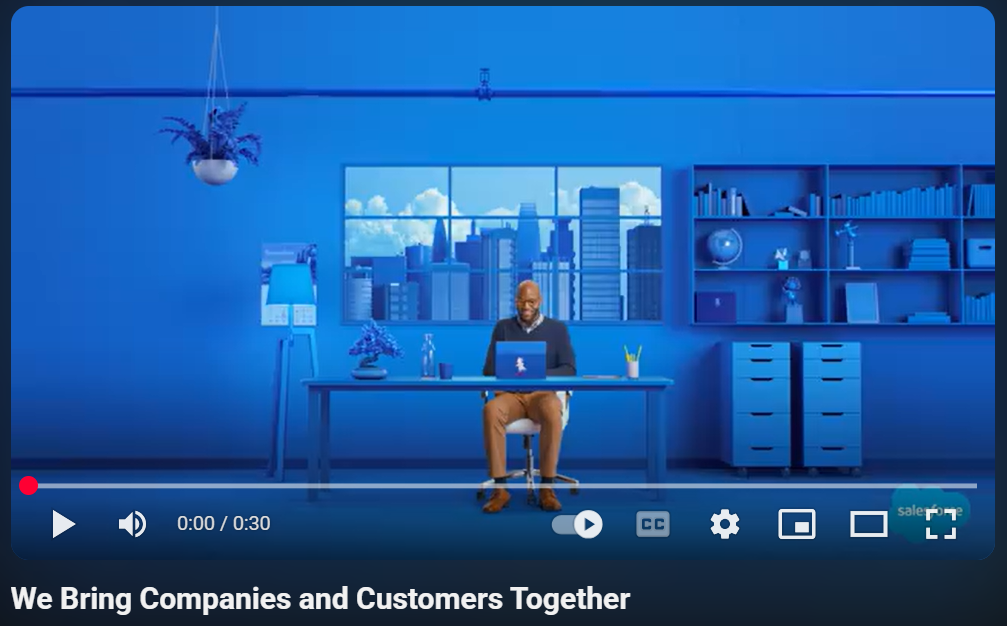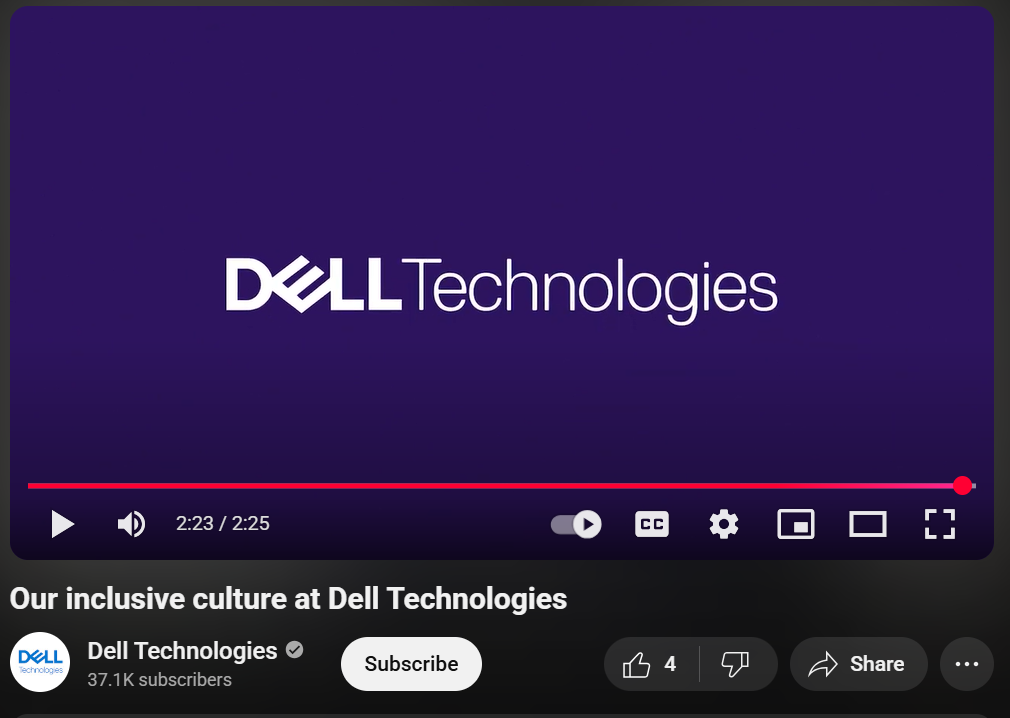Lighting Techniques for Professional Corporate Videos: The Key to Visual Authority
In the world of short attention spans, where first impressions are formed in milliseconds, the visual quality of a corporate video can make a difference. Behind every sharp, high-resolution frame, there’s an invisible force quietly doing its work: lighting.
Lighting is like a language. It can be used to highlight, soften, create contrast, to guide the viewer’s focus, or to subtly influence how a subject is perceived. It influences how trustworthy a speaker feels, how inviting a space looks, or how clearly a brand’s identity is reflected on screen.
Professional corporate videos are for conveying information and at the same time for building connections. It is important for them to portray to their viewers what the company wants to communicate clearly. You can have the most expensive camera, the best script, and a perfectly styled set, but if the lighting isn’t right, the final product will fall flat. Harsh shadows, uneven tones, dim backgrounds, and poorly lit faces can undermine your professionalism.
On the other hand, even a modest setup, when lit thoughtfully, can look like a premium production. That’s the power of lights.
Table of Contents
- Why Lighting Matters in Corporate Videos?
- 5 Lighting Techniques You Can Use for Your Corporate Videos
- Conclusion
- Frequently Asked Questions (FAQs)
Whether you’re shooting a corporate interview, an explainer video, or internal communications content, the difference between an amateur-looking clip and a polished, professional production often comes down to lights.
In this article, we’ll dive into the most effective lighting techniques for corporate videos, with examples, brand tone considerations, and professional tips to help your videos look better and connect more deeply with your audience.
Why Lighting Matters in Corporate Videos?
It illuminates the background of the videos. It also acts as an emotional and psychological cue for the viewers. The right lights:
- Sets the mood
- Directs focus
- Builds trust
- Enhances brand identity and
- Communicates professionalism
For example:
Take Salesforce’s corporate videos, for instance. In their brand campaign “We Bring Companies and Customers Together,” watch it closely to notice how soft and diffused lighting is combined with warm color tones. These warm color tones make the environment feel trustworthy and optimistic. That’s intentional and replicable.

5 Lighting Techniques You Can Use for Your Corporate Videos
1. Three-Point Lighting = Instant Authority
It is the cornerstone of professional video setups. This setup includes:
- Key Light: The main source of illumination on your subject. It is used to highlight the subject.
- Fill Light: Balances the shadows created by the key light and eliminates the harsh ones.
- Back Light (or Hair Light): Separates the subject from the background, adding depth and professionalism.
This setup makes your subject pop while creating a clean look.
Use it when:
- Shooting interviews
- Recording thought leadership content
- Filming CEO messages or investor updates
Tip: Consider using softboxes or LED panels like the Aputure Amaran 100D for controlled, flattering light that’s easy to adjust.
2. Natural Light: A Hidden Asset If Used Strategically
While artificial lighting offers control, natural light is abundant and can deliver beautiful results, if handled thoughtfully.
When shooting in office spaces:
- Use large windows as soft key lights
- Bounce light using white reflectors or foam boards to balance shadows.
- Avoid harsh midday sun (10 AM–2 PM) for a consistent look. Opt for morning or golden hour light for softer shadows.
Ideal for:
- Office walk-and-talks
- Behind-the-scenes shoots
- Testimonial videos in real environments
Example: This video of Slack’s used a mix of natural and soft artificial lights to maintain a casual and modern tone.

3. Match Lighting to Brand Tone
Your brand identity should influence your light decisions. Just like your color palette or typography, lighting affects how viewers emotionally respond to your message.
Match tones with intentions:
- Cool light (5000K–6500K): Tech, finance, innovation (e.g., SaaS startups).
- Warm light (2700K–3500K): Hospitality, wellness, lifestyle brands.
- Neutral daylight (4000K–5000K): Legal, enterprise, consulting firms to build trust.
Your brand is unique, so should the lighting of your videos.
For example: Apple’s “At Work” series uses cool to neutral practical light (4000K–6500K) to reflect its sleek and innovative brand tone. The video feels natural and modern, enhancing authenticity while reinforcing Apple’s identity as a forward-thinking and people-focused tech brand.
4. Practical Lighting = Realism & Relatability
Practical lights are visible light sources in the scene, such as desk lamps, monitor glow, or even hallway lights.
Why use them?
- To add environmental realism and authenticity.
- Blend staged setups into real spaces.
- Enhance background depth without extra rigs.
- Keep the scene grounded in reality
For example: In Dell’s culture video, practical lights such as glowing monitors, overhead fixtures, and subtle desk lamps enrich the scene with a lived-in authenticity. These visible light sources naturally embed the storytelling within a real office environment, deepening the background and grounding the visuals in everyday life.

5. Consistency Is King: The Secret to Seamless Editing
Disjointed lighting across shots leads to inconsistent tones, jarring transitions, and extra post-production work. In corporate video editing, time = money, so consistent lights saves both.
Ensure:
- Matching color temperatures between scenes
- Uniform intensity levels to maintain visual harmony
- Balanced exposure on all skin tones
Pro Tip: Use light meters or apps like LumaFusion to monitor exposure levels on the go. Always white balance your camera before each shoot session.
Bonus: Use Lighting to Guide Viewer Focus
Lighting can also direct attention and guide the viewer’s eyes to where you want them. Use spotlights, gradient backgrounds, or vignetting to keep attention on key speakers or products.
Conclusion: Don’t Let Lighting Be an Afterthought
Think of lighting as your silent narrator. It communicates mood, tone, and brand identity, without saying a word.
It shapes how your subject looks, feels & connects with the audience. No matter how great your camera is, without good lighting, it’s just guessing. Mastering the above techniques ensures your corporate videos stand out, resonate, and convert. Use it, experiment with it but never underestimate it.
Read More
How to Create Engaging Video Outro: A Complete Guide to Captivate Your Audience Till the Very End
Discover These 5 Color Grading Styles For Corporate Videos
How is Virtual Reality (VR) Used in Corporate Video Production?
Frequently Asked Questions (FAQs)
Q1- What are the basics of lighting?
It involves understanding how light affects visibility, mood, and focus on a scene. Key elements include light placement, intensity, color temperature, and shadows. Good lighting ensures your subject is well-lit, your background is visually balanced, and your message is clearly conveyed.
Q2- What is lighting technique?
It is a method used to light a scene for a specific effect. It is used to create drama, soften shadows, or highlight key areas.
Q3- How many lighting techniques are there?
There are many techniques, but some of the most commonly used include:
- 3-point light (key, fill, back light)
- High-key light (bright and minimal shadows)
- Low-key light (dramatic, high contrast)
- Natural light (sunlight or available light)
- Practical light (visible light sources within the scene)
Q4- What is 3-point lighting for a video?
It is a standard light setup used in video production. It includes:
- Key Light – the main light source illuminating the subject.
- Fill Light – softens shadows created by the key light.
- Back Light (or Rim Light) – separates the subject from the background, adding depth.
This setup provides a balanced, professional look ideal for interviews, presentations, and corporate videos.
Q5- How to enhance video lighting?
Use soft, well-placed lights, match color temperature to your brand tone, and include practical lights for realism. Avoid harsh shadows and overexposure.


